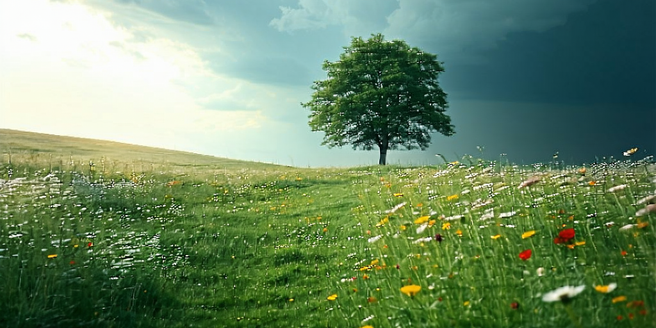
Understanding the Moody Skies Phenomenon
Moody skies enthrall with their ever-shifting shades and dramatic contrasts, drawing endless fascination from photographers and artists alike. This phenomenon occurs when weather conditions create a blend of thick clouds, sporadic sunlight, and vivid atmospheric colors. The interplay of light and shadow, driven by varying cloud densities and sun angles, results in breathtaking visuals. Behind this captivating spectacle, science plays a subtle role; atmospheric particles scatter sunlight, enriching the skies with rich hues of gray, blue, and orange. By understanding these elements, one can predict and appreciate these celestial moments. Whether it’s the fiery reds at sunset or pensive blues before a storm, moody skies serve as a canvas, reflecting both the tranquility and volatility of nature, all contributing to their mysterious allure.
Capturing the Perfect Moody Sky Photograph
Photographing moody skies is an art, requiring patience and the right techniques. The key is to capture the intricate plays of light and shadow, the stormy clouds interspersed with breaks of light. Firstly, using a polarizing filter helps reduce glare and enhances colors, offering a richer contrast. An underexposed shot often better captures the deep tones and dynamic range present in these scenes. Early mornings or late afternoons provide the most dramatic lighting, shadows, and colors. Composition is crucial, so experiment with different angles and perspectives to highlight the grandeur of the sky. A wide-angle lens can also encapsulate sweeping views that convey the vastness of the scene. Capturing moodiness requires an intuitive balance of technique and spontaneity, where preparation meets nature’s serendipity.
The Role of Lighting in Moody Aesthetics
Lighting is crucial in crafting the emotion captured within moody skies. Natural light interplay creates depth and texture, highlighting clouds’ edges while casting dramatic shadows across landscapes. Diffuse, soft lighting masks some details while emphasizing others, invoking sensations of mystery or impending change. The delicate balance between light and darkness evokes a compelling narrative—whether it’s the brooding air of an incoming storm or the golden glow breaking through after rainfall. This duality found in natural lighting not only forms the aesthetic basis of moody skies but also influences atmospheric mood and tone. Indeed, lighting acts as both painter and storyteller, guiding the beholder’s eye over every gradient and transition, each contributing to the skies’ powerful emotive pull.
Exploring Color Palettes Inspired by Moody Skies
The color palettes derived from moody skies are a feast for the creative eye, offering a spectrum that ranges from soft pastels to rich, dark hues. These colors are not just for artistic endeavors but inspire home design, fashion, and branding. Soft grays and blues provide a calming effect, creating a serene mood, while deep purples and vibrant oranges can inject a sense of drama and energy. When used in design, these palettes evoke the same emotions that one experiences when observing a moody sky. By incorporating these colors into your work, you can bring a sense of natural beauty and tranquility that is both timeless and universally appealing, allowing these celestial wonders to infuse everyday spaces with their enigmatic charm.
Moody Skies in Different Seasons and Locations
Moody skies manifest uniquely across seasons and locations, each offering a distinct atmospheric experience. In autumn, the skies often teem with dark, swirling clouds set against a backdrop of fiery foliage, producing vibrant contrasts. Winter skies, softer yet equally dramatic, blend muted grays and soft whites, evoking a sense of cold tranquility. Spring introduces a mix of stormy clouds and sudden bursts of sunlight, echoing the season’s unpredictable nature. Summertime thunderstorms present towering cloud formations with electric drama in many regions. Geographical location, too, influences the aesthetic; coastal areas might offer reflective water hues that enhance the sky’s moodiness, while mountainous regions present expansive vistas, accentuating the sky’s vastness. Understanding these variations helps photographers capture the skies’ diverse and powerful expressions.
Incorporating Moody Sky Themes into Home Decor
Moody skies provide infinite inspiration for home decor, inviting elements of nature’s drama and serenity into interior spaces. Through the use of paint, wallpaper, or art inspired by these contemplative skies, homes can transform into immersive environments emulating the skies’ beauty. Choosing colors like deep blues, steely grays, and soft whites can recreate the skies’ tranquility and elegance. Textures also play a crucial role; incorporating materials like velvet or linen can mimic the tactile experience of cloud layers and mist. Accessories such as metal accents or candleholders can reflect the interplay of light and shadow, much like a moody sky at dusk. By weaving moody sky aesthetics into decor, a living space can become a personal sanctuary, resonating with the atmospheric beauty and depth found in nature.
